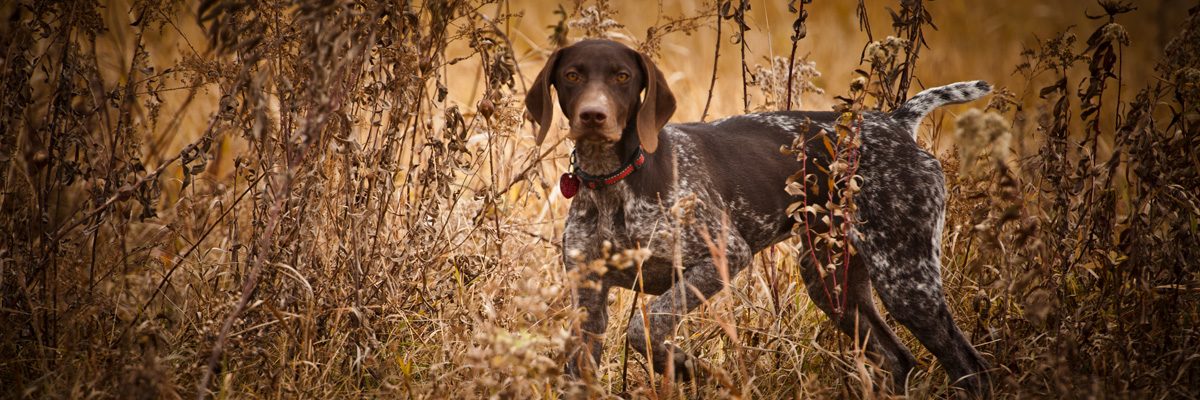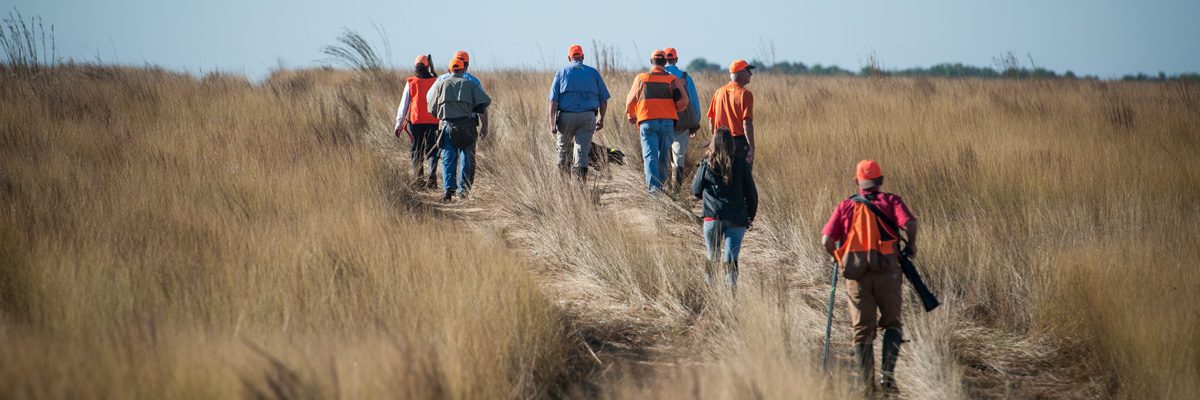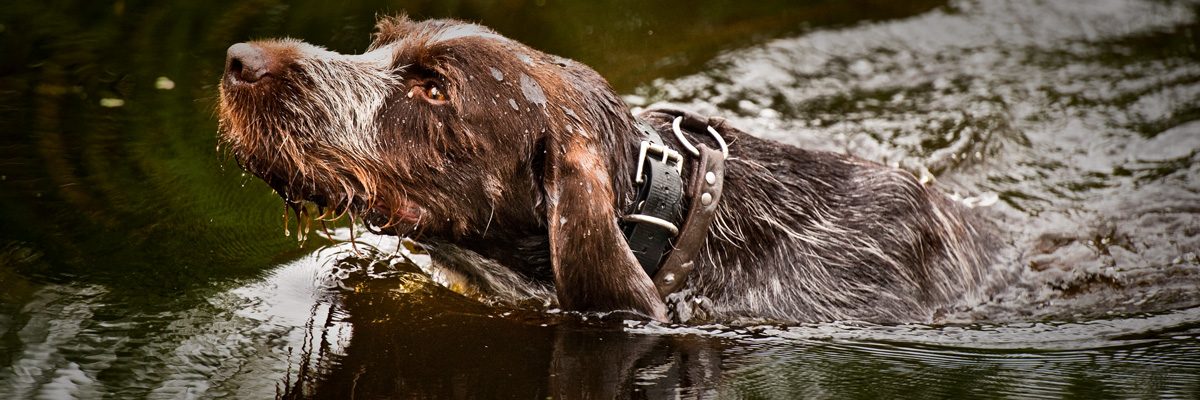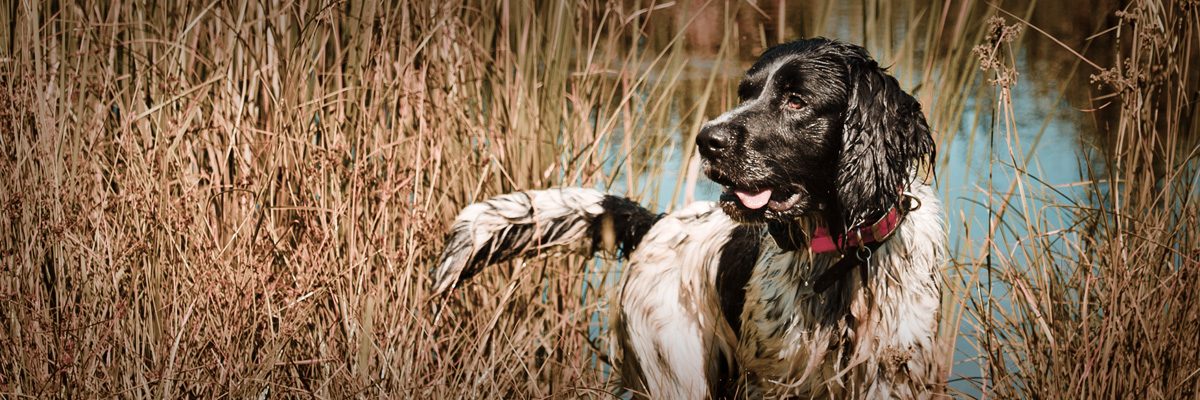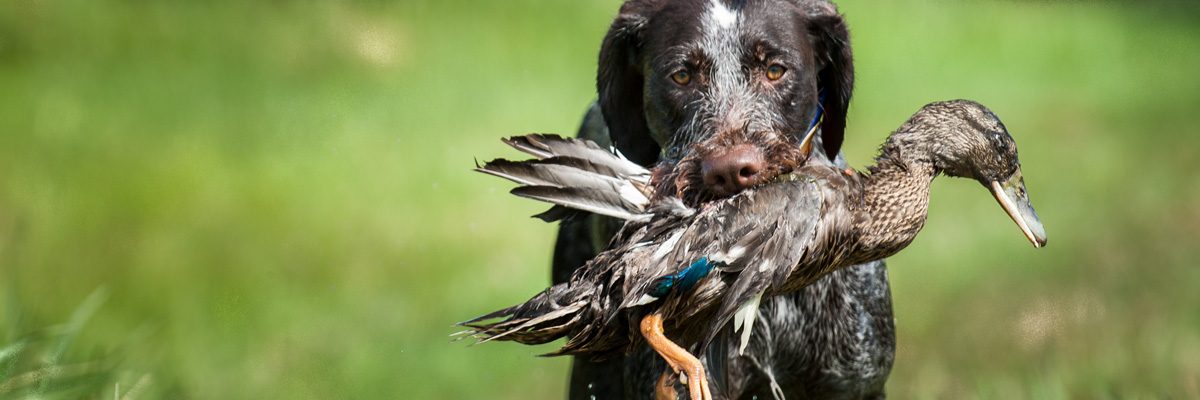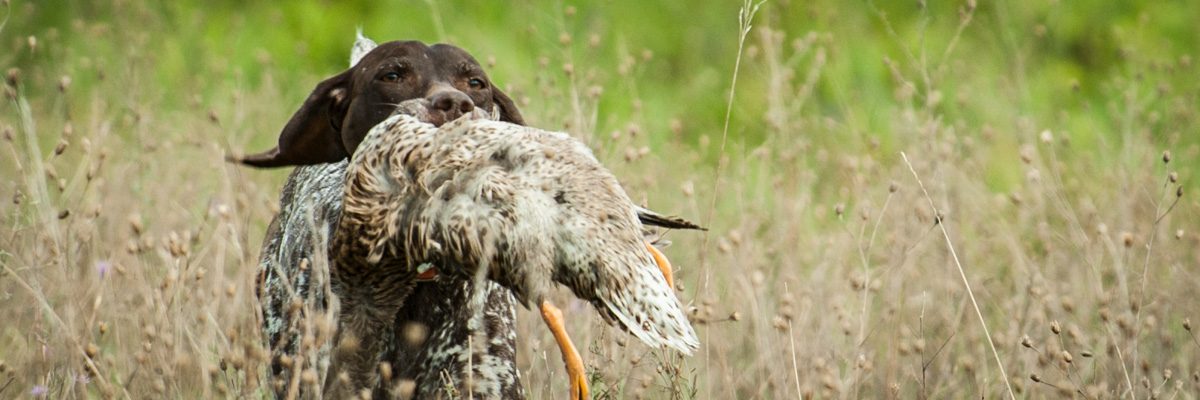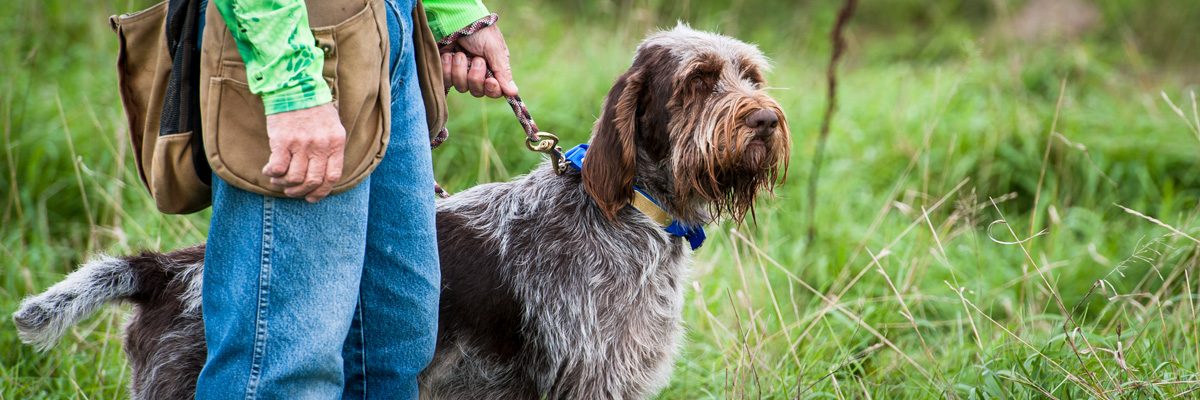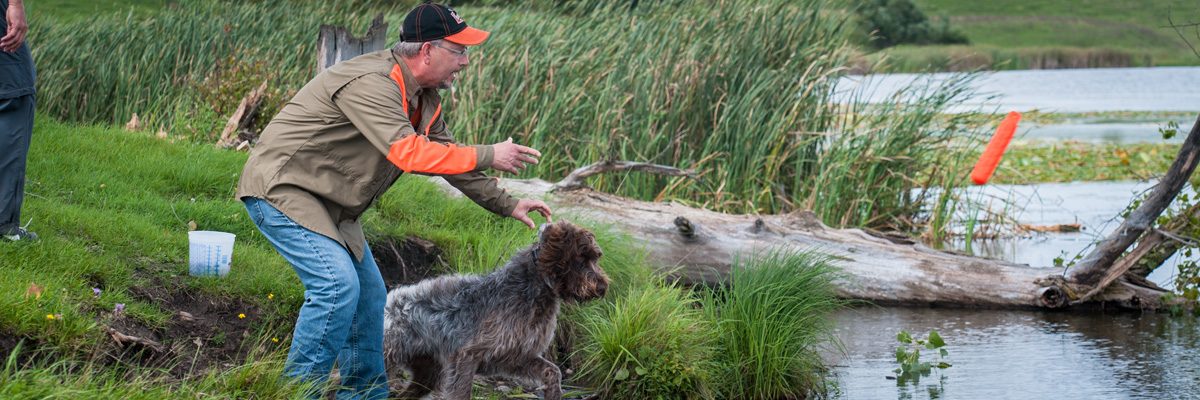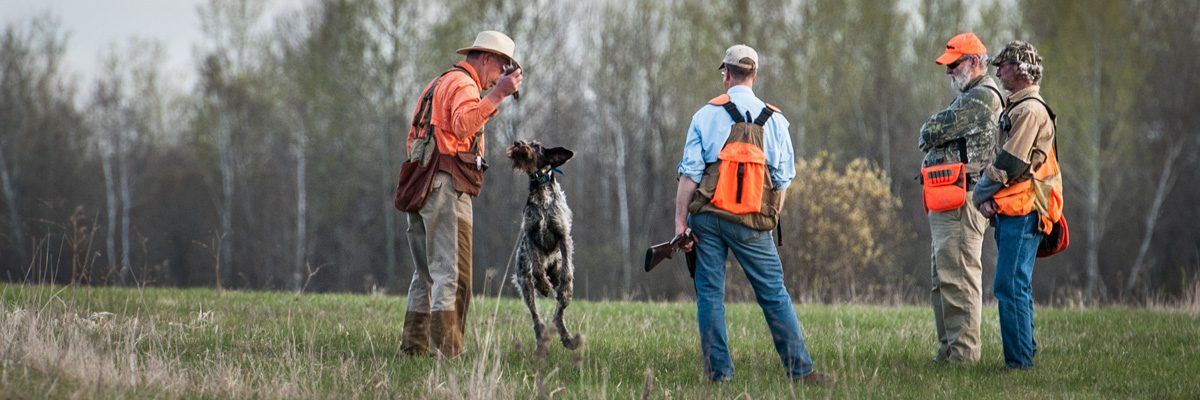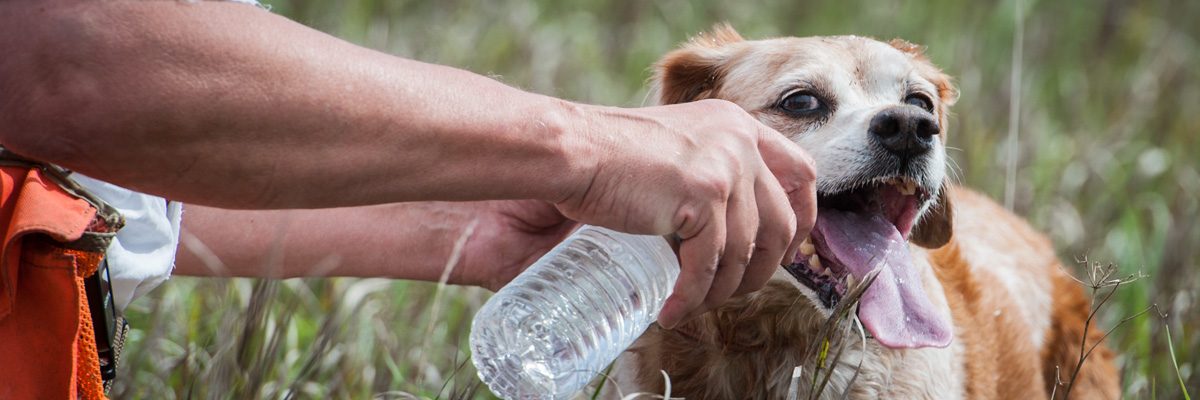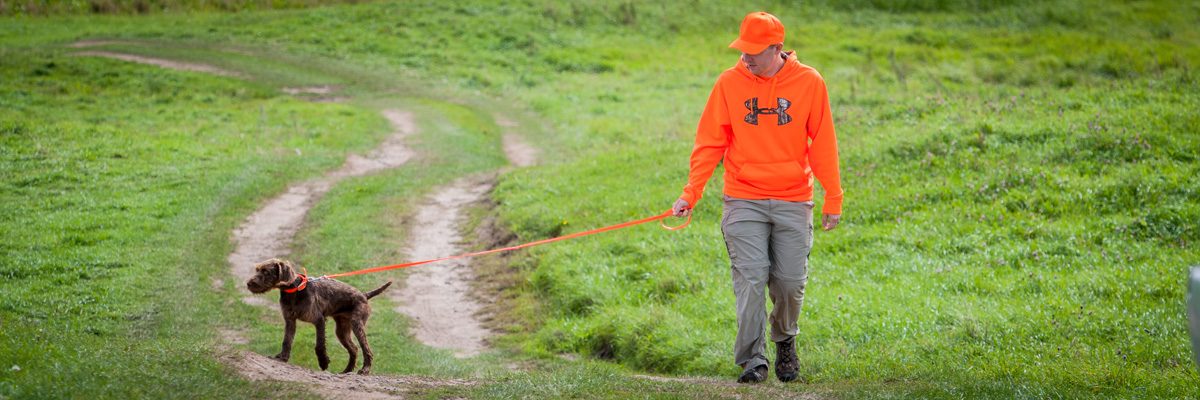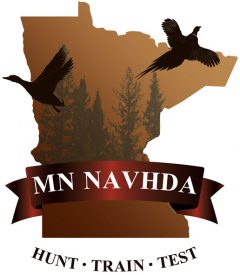All new puppy owners take pride in seeing their dog’s first few “points” and snapping a few quick photos to commemorate them. It is a beautiful thing to see that inherent natural trait come out in a pup, and sometimes also a relief if it comes easily, since some dogs need more specialized exposure to bring out their inherent pointing instinct. (That is a topic for another discussion.)
Once a new puppy owner gets a few photos of their dog on a nice pretty point, there can be a natural rush to keep advancing the dog into steadiness training, especially if that first hunting season is approaching. Having a dog that is at least “steady to wing”, is a big step in improving the safety of the dog, and increasing the hunter’s chances of bagging game. That said, for young pups, especially prior to their Natural Ability Test, caution should be taken in advancing to obedience work like steadiness and retrieve training.
While initial bird exposure and building search desire is vitally important to the development of a young bird dog, this is a period of a pup’s development where an owner/handler should exercise caution and not be in a hurry. Some key NAVHDA principles can provide some guidance with this.
In the NAVHDA Natural Ability test, a dog is not being judged on Obedience. As the name implies, the test is a measure of a dog’s inherited natural abilities including Nose, Search, Pointing, Cooperation, and Desire.
Thinking beyond Natural Ability evaluation, a key NAVDHA principle is that the the judging of “pointing” ends when a dog on point “is aware of the presence of the handler.” The reason this is an important concept is that it defines the transition between what a dog coming into contact with a bird does naturally (Pointing and Cooperation) and Trained Obedience. Obtaining steadiness in a bird dog requires Trained Obedience.
The pup is also not being judged on Retrieving, either of birds in the field or bumpers in the water. In the Natural Ability test, because dogs are not expected to be steady, they will most likely run down and catch a flushed bird. Some dogs that are natural retrievers and exhibit a lot of cooperation will bring these birds back to or near the handler, and move on with the test. If your dog does this, be happy with it and encourage it! For dogs that do not willingly bring birds back (playing keep away, for example,) caution should be taken not to train (i.e force fetch, conditioned retrieve) the dog to retrieve to the handler, as it may affect the dog’s Desire, Search, Pointing, or even willingness to enter the Water after a bumper toss.
The NAVHDA AIMS Programs Book states that a puppy is eligible to run their NA test up until the day they turn 16 months of age. While all dogs are different, and develop at different rates, this 16 months of age timeline perhaps should not be ignored, even for dogs who have already run or are not running the natural ability test. A dog at least 16 months old has had more time to mature and form a bond with its owner/handler. Being around gunfire and wild birds in real hunting situations will also build a pup’s confidence prior to being subjected to the training pressure it takes to becoming a “finished” gun dog.
Young dogs that have not had enough proper bird and field exposure can have their natural abilities diminished by the obedience training required to achieve steadiness and a finished retrieve. Obedience training requires “pressure” and all dogs react differently to various types and levels of corrective training pressure. Pressure can come in the form of physical or verbal commands, a check cord, an e-collar, gunfire, or even a poorly timed launch of a release trap. Some dogs can take a lot of pressure without affecting or diminishing their inherent natural abilities. Some cannot.
Dogs learn by association and the last thing you want is for a pup to associate negative experiences (too much training pressure) with the tasks of searching, pointing birds, swimming and having fun. Some traits exhibited by over-pressured dogs:
- Lack of Intensity on Point
- Flagging tail on Point
- Taking out and/or mutilating birds
- Blinking (avoiding birds)
- Diminished Search (clinging to handler)
- Avoiding the field altogether
- Avoiding the Water
- Gun Shyness
The pace at which a dog develops and when to apply certain training techniques to achieve your goals with your dog is a personal decision. Understanding the proper amount of corrective pressure to use with your dog and thinking about some basic NAVHDA principles related to pointing and steadiness just might help you avoid some mistakes and setbacks.
